Sidebar
Main Menu
Bratislava, Before and After the Breakup
We arrived at the Bratislava train station, and we were disappointed. We saw the other half of the breakup of Czechoslovakia. Compared to Vienna and Prague, where we had just visited, Bratislava in Slovakia was like unappetizing Russian borscht.
A Small Cold War City
While the city has a rich historical significance, you will not find many ancient structures that are truly old, let alone sunning and elegant. Much of the buildings were damaged or destroyed during the war. Bratislava reminds you of faceless post-communist or socialist cities that are old and unattractive.
Bratislava is the capital of Slovakia, and Slovakia was the partner of Czechoslovakia. Unlike the Czech Republic, communist and socialist governments ruled Slovakia for most of its post-WWII years. The difference in governance was a significant reason for their break up with the Czech Republic in 1993.Slovakia joined the European Union in 2003. More recent reconstruction efforts are bringing the capital back to its shining past, which, at one time, was called the "suburb of Vienna."
Today, it is known as a university town. They have some of the oldest universities dating back to the 15th century. Its low cost of living attracts residents from high-cost European Union countries.
The train to Bratislava was a very new Austrian SBB train that impressed us. It was a bright shiny red, high-speed train that was quite comfortable. We were disappointed when the train pulled into the Bratislava station. It was a quick trip from Vienna, but we would have been so happy to stay on the train to wherever it was going. Sadly, we knew we would have to take the old Czech train back to Budapest after our overnight visit to Bratislava.
The Bratislava station was tiny, especially comparing it to the Prague or Vienna stations. We took a taxi to the Sheraton Hotel, which was in the newer section of the city. The Sheraton looked brand new, and we were impressed with very comfortable rooms. Although the service at the Marriott Hotels in Budapest and Vienna were excellent, the guestrooms needed a complete upgrade. We were happy to exchange the lumpy mattress at the Marriott Budapest for the Starwood "heavenly" bed. If that wasn't enough, Sheraton rewarded by elite status with a suite upgrade. Did I mention the hotel was next door to the new Bratislava mall?
Bratislava is a landlocked country in Central Europe. It is surrounded by Poland, Ukraine on the north and east, respectively. Hungary is to its south and Austria to its west, and the Czech Republic to the northwest. For most of its history, it was an integral part of the Kingdom of Hungary and the Habsburg Dynasty.
By train, Bratislava is 2.5 hours from either Budapest or Vienna. The city was close enough and small enough that we planned to do a day trip from Vienna. Unfortunately, the Marriott Vienna was sold out that Friday, so we could not stay an extra night or two in Vienna. So, we decided to stay the night in Bratislava. Luckily, I found the Sheraton and their rates were reasonable.
That Friday turned out to be a pretty warm day in Bratislava. After we checked in and enjoyed the comforts of the hotel, we walked about a mile to Old Town. The Danube River flowed right behind the hotel, so we followed the river towards downtown.
There was a small Hop On Hop Off bus that had two routes: one, took us around Old Town, and the second, went around the newer sections of the city. The tour did not take more than an hour, so we spent the rest of the afternoon walking around Old Town, where there was a Christmas market. The warm day turned into rain showers in the afternoon, and temperatures dropped to winter-like temperatures. We were happy to go back to the hoteland enjoy our most comfortable suite!
Quick Historical Perspective
The histories of Budapest, Vienna and Prague are all intertwined with Slovakia. Slovakia's location on the Danube brought migration from the Celtics in the Middle Ages. This was followed by the Romans, Germanic tribes and then the Slavs.
In the 7th century, the Slavs established the Moravian Empire, and they built the first fortifications in Bratislava. The Magyars of Hungary defeated the Moravian Empire, and Stephen I, the first Magyar king, ascended to the throne. He invited new settlers, mainly from German-speaking countries. Stephen I was later canonized. Bratislava was sometime called Pressburg, until it was officially named Bratislava in 1919.
As a frontier fortress for Hungary, Bratislava fought many wars that emanated from the east and west. Sigismund of Luxembourg ascended the Hungarian throne in the 15th century and rebuilt the original 9th-century castle as his residence in Hungary.
During his reign, Bratislava flourished as a center for culture and commerce, the major trading commodity being wine, which by the 16th century, was sold throughout Europe.From about 1563 to 1830, Bratislava became known as the city of coronation. Because of its central location in the wide-spread Habsburg Dynasty, Bratislava held coronation ceremonies for kings and royalties.
The reign of Queen Maria Teresa (1740-1780) was a golden age for Pressburg. The Queen's presence in town brought unprecedented development, which resulted in the conversion of the castle to her sumptuous summer residence. Her son in law, Prince Albert and favorite daughter, Maria Christina, both made their homes in the smaller palace next to the Queen's castle. Maria Teresa's successor, Joseph II, ended the town's heyday by bringing the capital back to Buda in 1783.
After the breakup of the Austro-Hungarian empire, the city was assigned to the newly created Czechoslovakia Republic in 1919 as an important port on the Danube. Communist rule descended on Czechoslovakia after WWII.
Communist control ended after the fall of the Berlin Wall and the Velvet Revolution in 1989. The Velvet Divorce completed the separation from the Czech Republic in 1993, and Bratislava became the capital of independent Slovakia.
When you subscribe to the blog, we will send you an e-mail when there are new updates on the site so you wouldn't miss them.

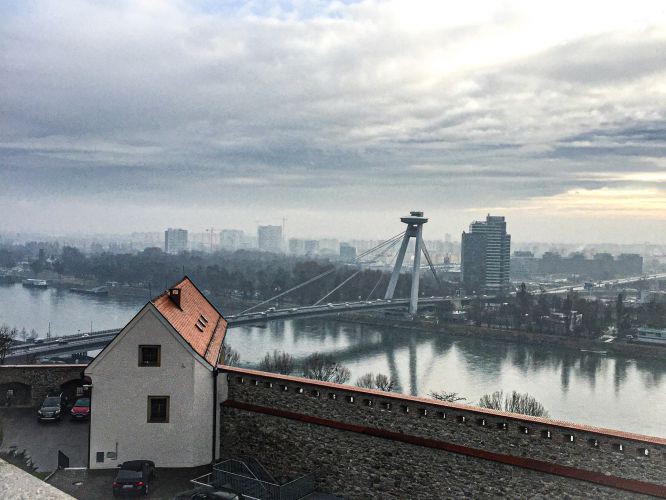
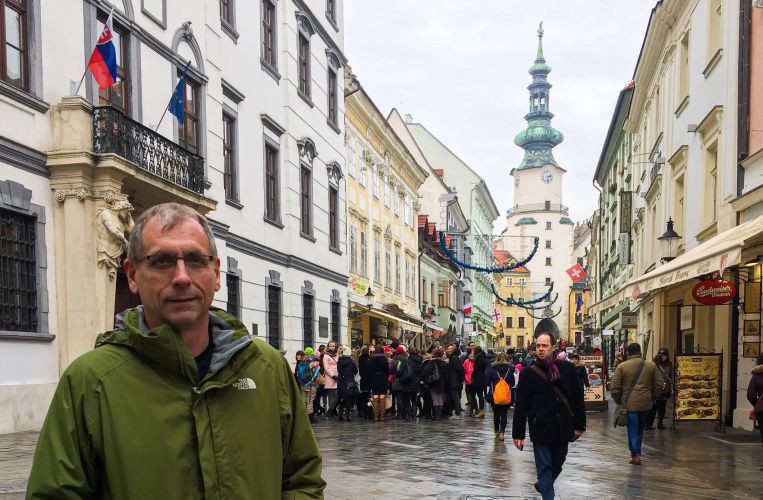
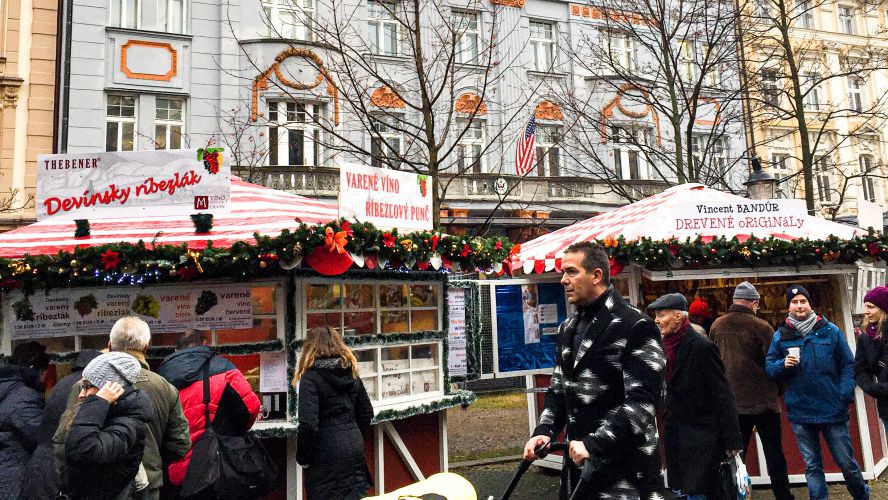
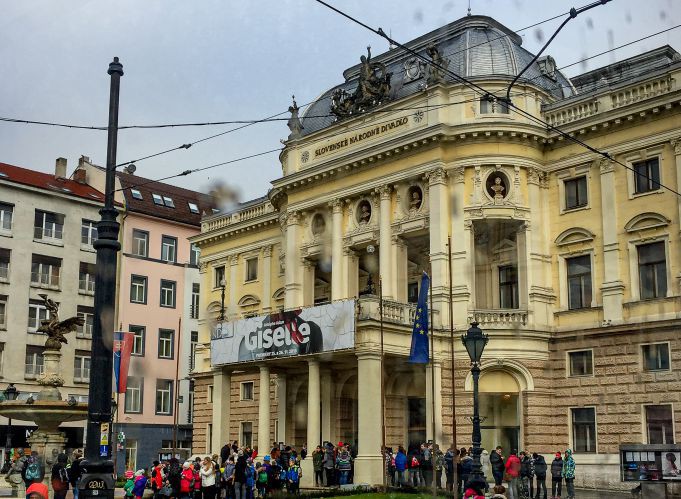
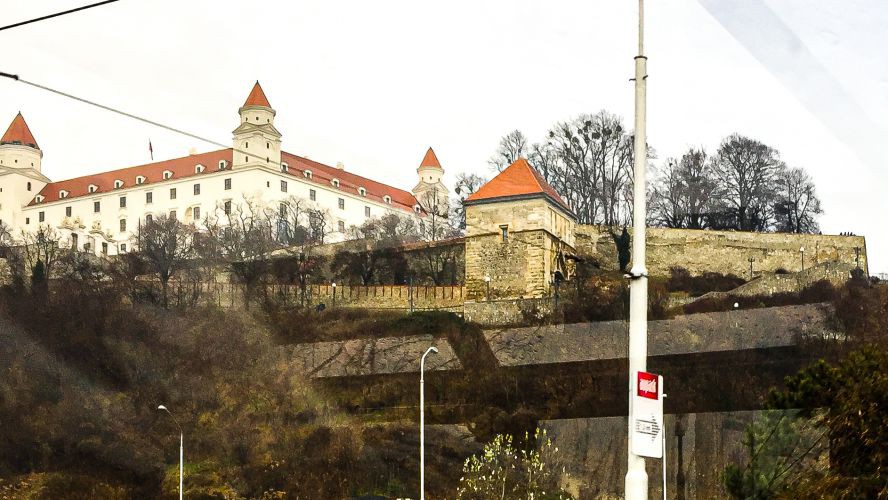
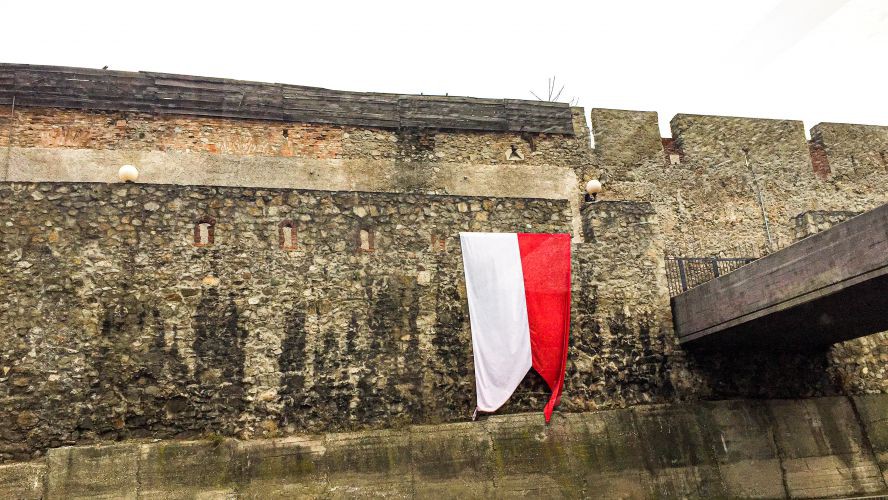
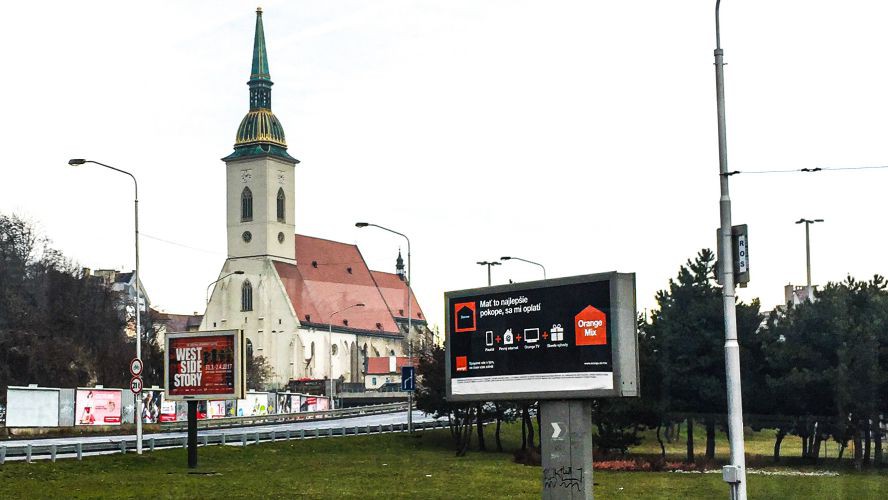
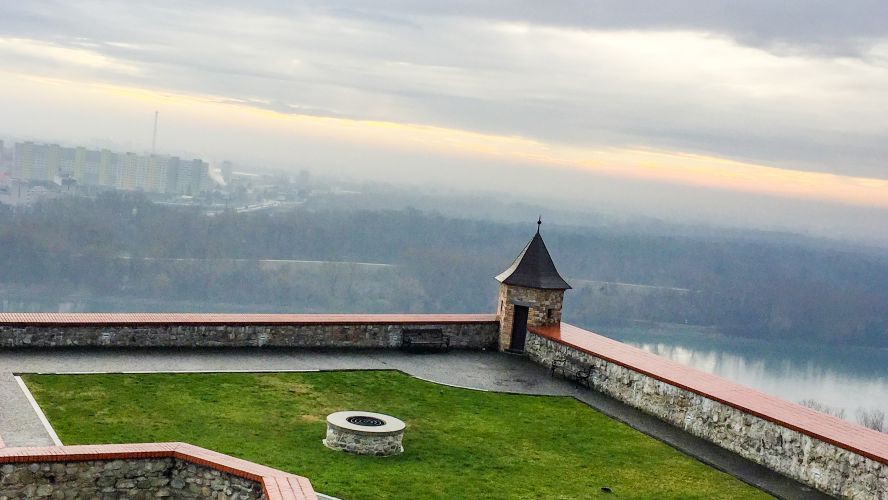
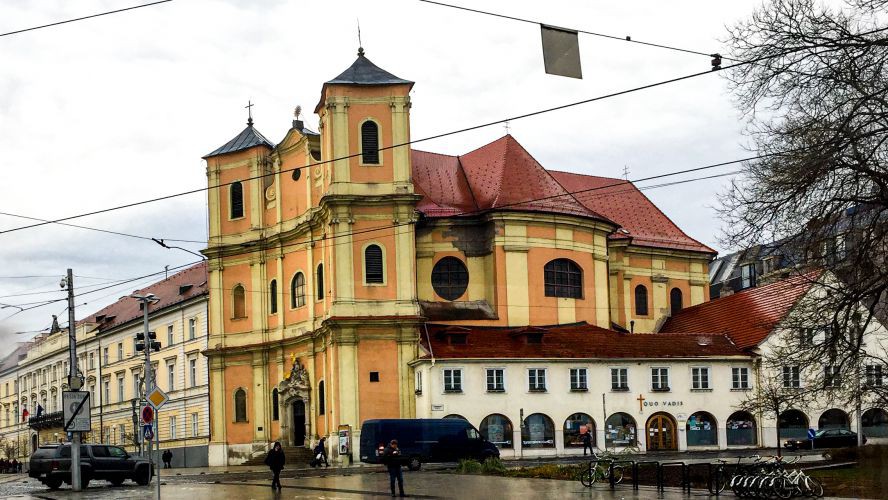
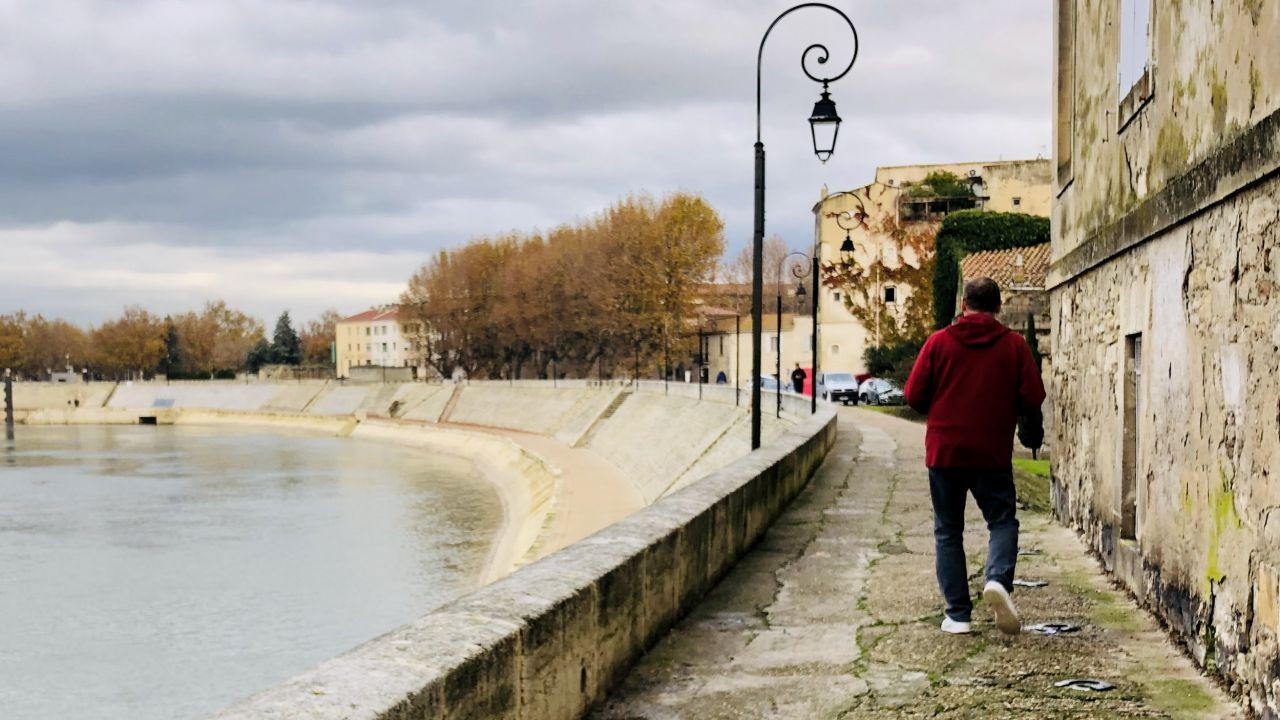
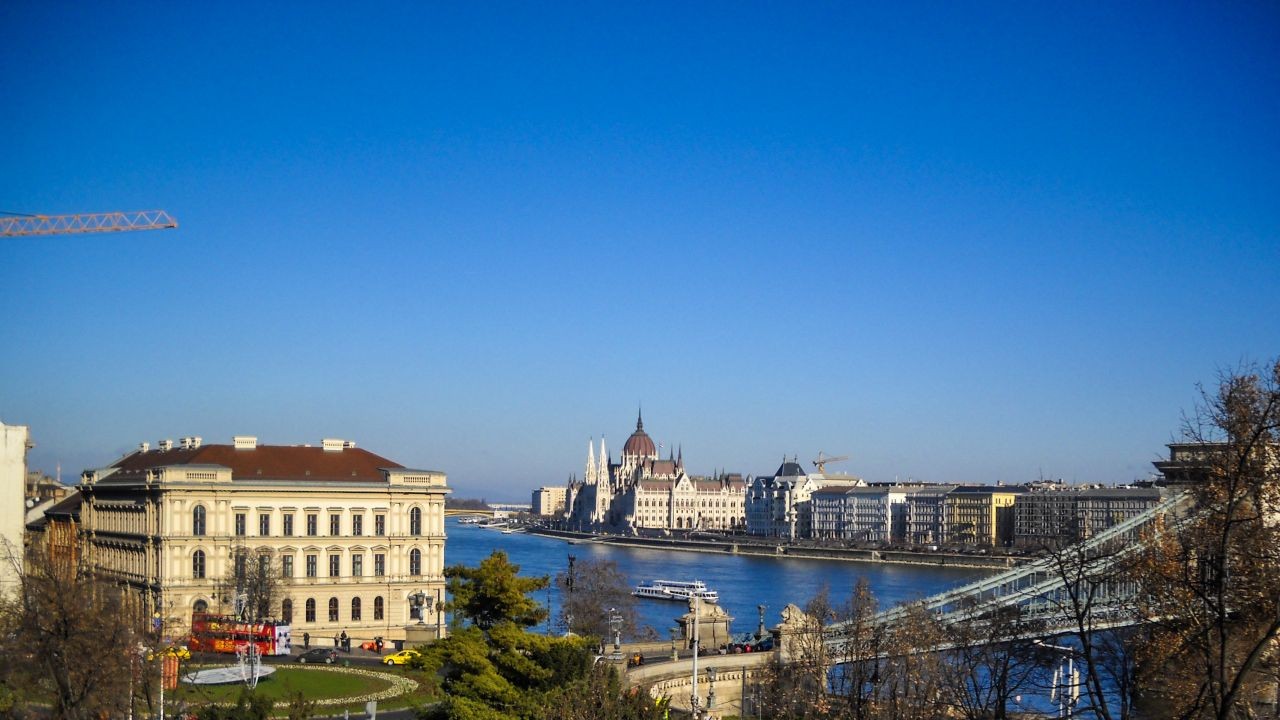

Comments